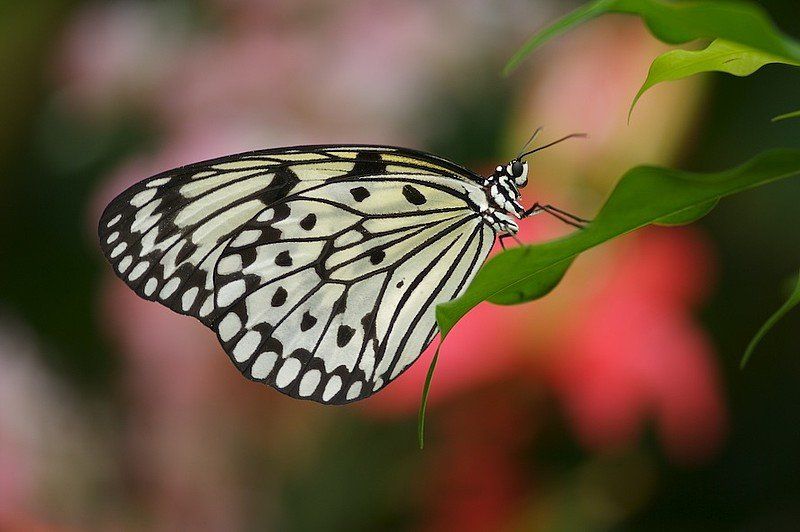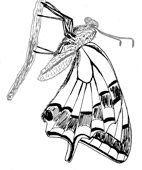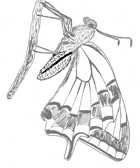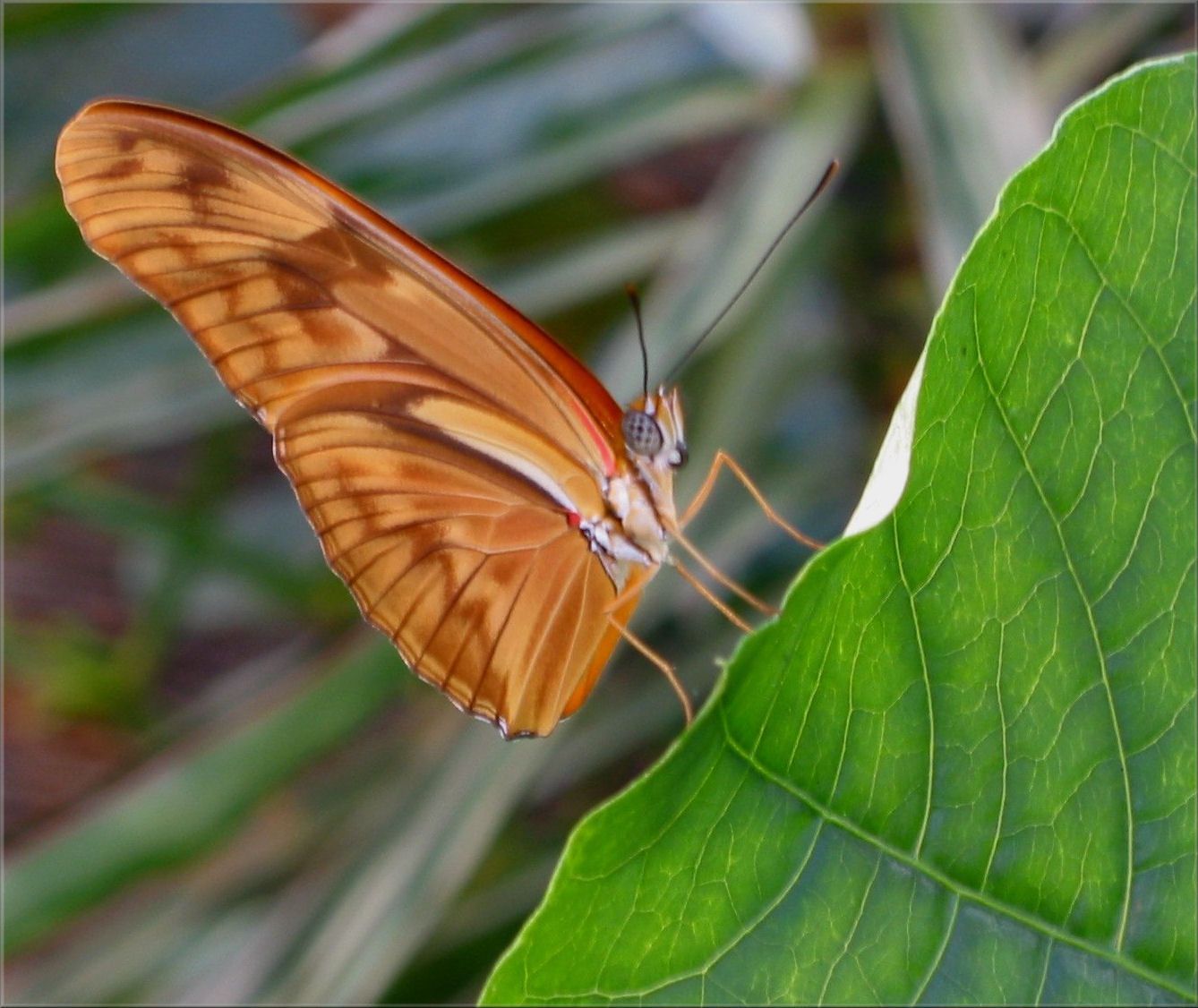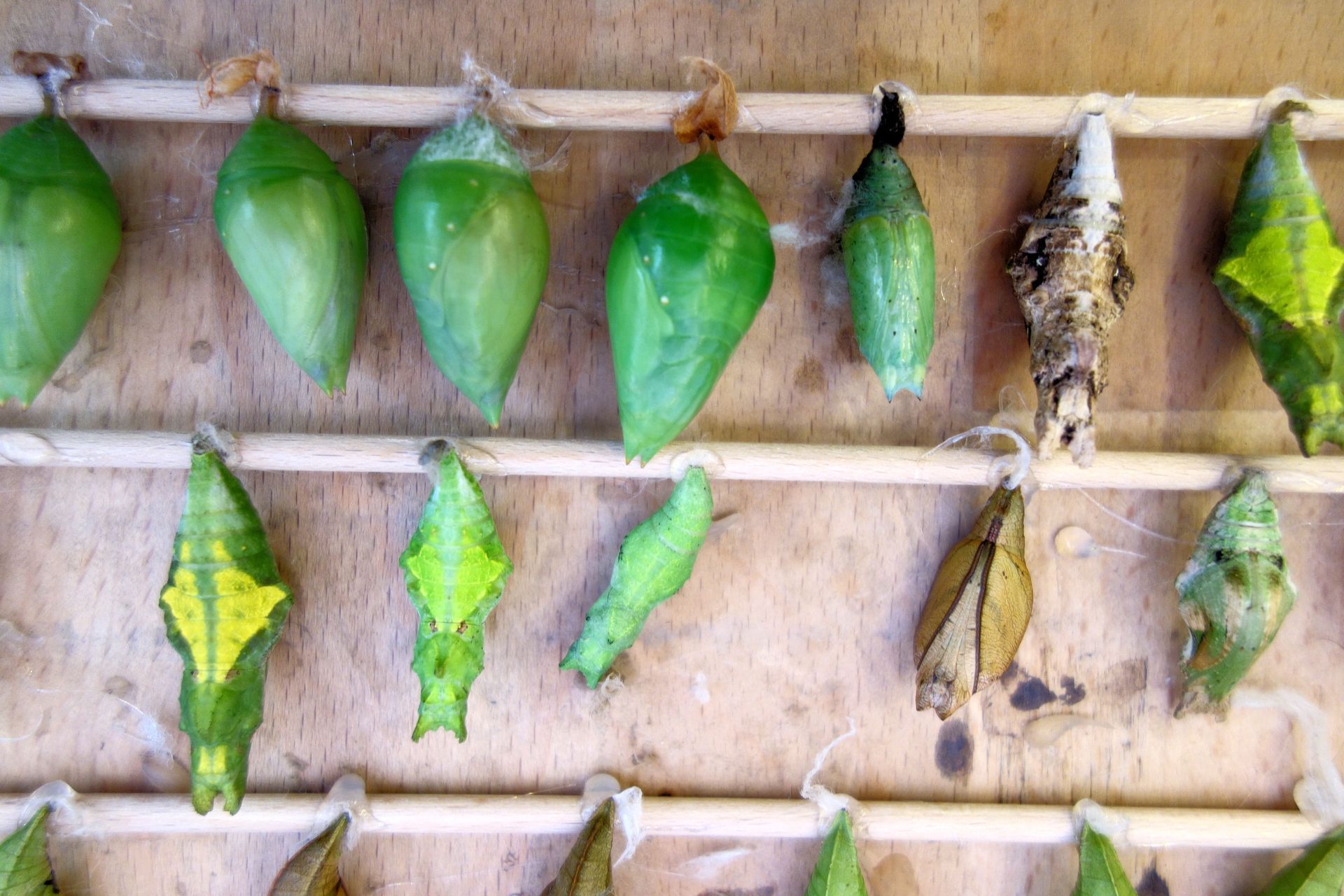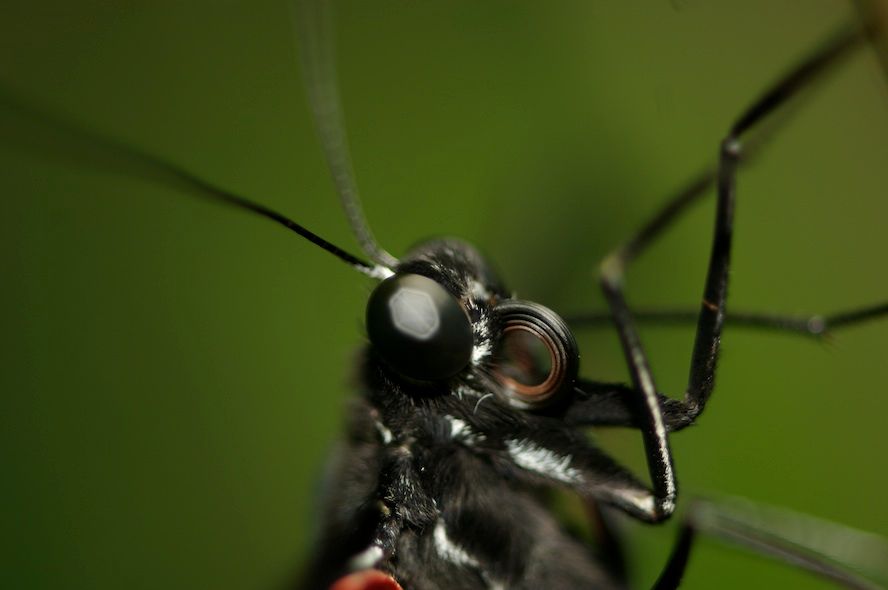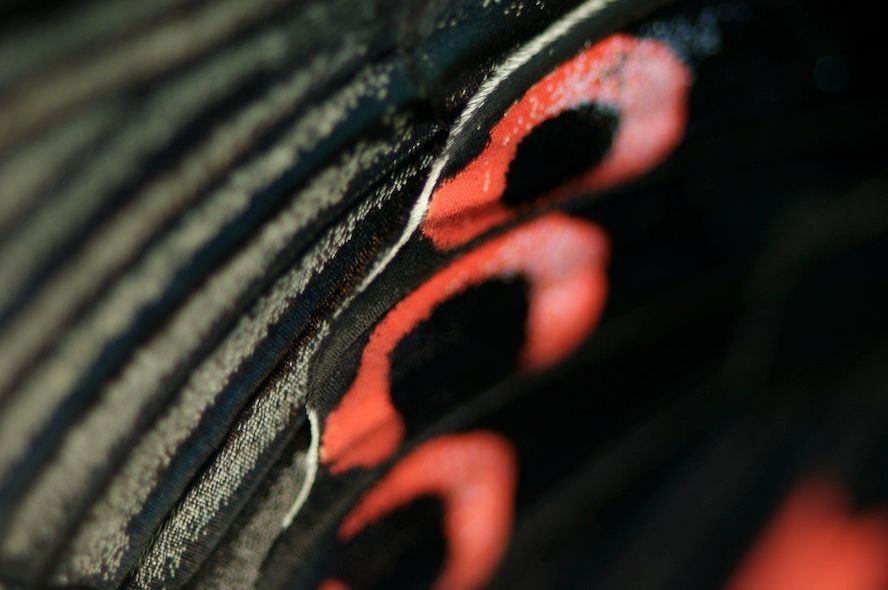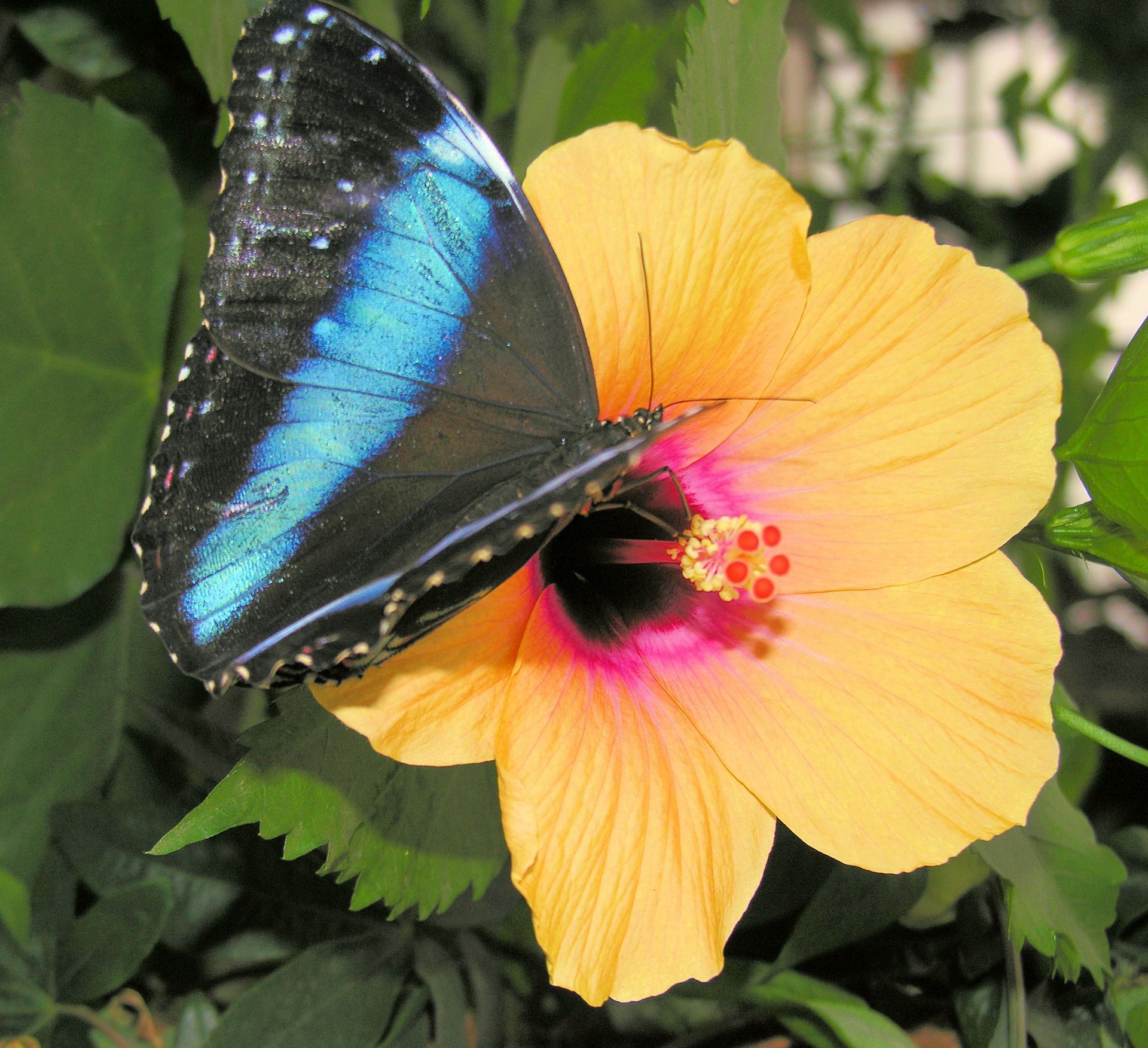Butterflies are probably the best known and loved of all insects. There are about 180.000 species of butterfly in the world and every year about 500 more are discovered. Scientifically the butterflies are divided into two groups, butterflies (day butterflies) and moths (night butterflies). The butterfly generally has brightly coloured wings which it closes when resting. The moth on the other hand is often quite drab and rests with its wings in a horizontal position. Moths are generally active at night. There are many other differences as well.
In Austria there are around 4.000 butterfly species of which 200 are day butterflies. The best known are the Brimstone butterfly, the Peacock and the Admiral. The Peacock and the Brimstone butterfly overwinter as butterflies and therefore appear early in spring time. Some species overwinter as pupae.




